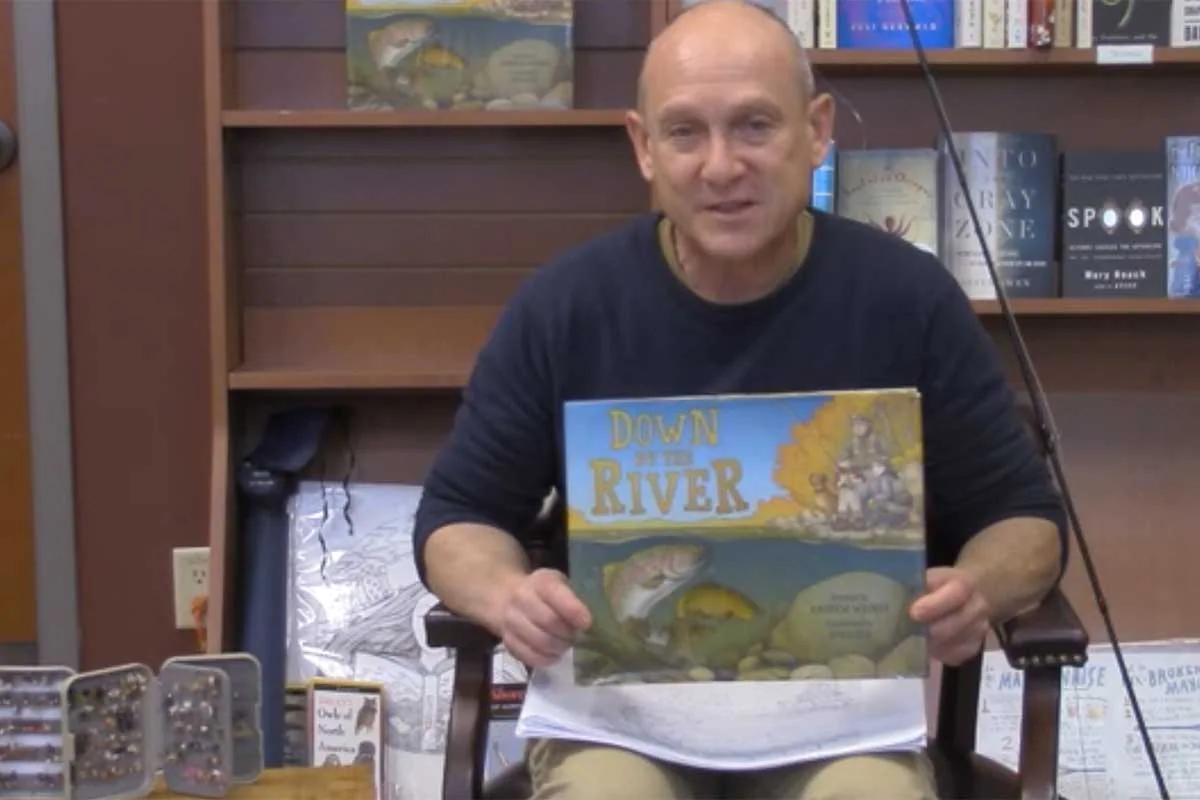Written by: Jamie Rouse of Rouse Fly Fishing
Photos courtesy Rouse Fly Fishing
In the spring, when rivers are often flowing high and fast, I rely on a technique known as the “bump-twitch,” a hybrid of nymphing and streamer fishing that uses a floating line and often incorporates aspects of each method during the same cast. The bump-twitch retrieve allows a streamer to sink quickly, and a floating line allows you to fish softer, shallower pockets that are often overlooked by anglers casting sinking lines.
Slow, Then Fast
Start with a standard quartering-downstream cast toward the far bank. The water depth and speed determine what happens next. If the water is shallow and fast, begin stripping; if it’s deep and slow, give the fly some time to sink before you animate it. Either way, once the fly reaches the nearest seam, throw an upstream mend to produce some slack, allowing the fly to drop down into the slot like you would with a nymph rig. Once it’s near the bottom, begin retrieving using an erratic series of bumps and twitches, letting the fly dead-drift and sink between frantic bursts of motion.

Fish usually bite when you’re actively bumping and twitching during the retrieve, and when they do, a strip-set is the best way to secure the hook. But fish sometimes bite when the line is slack, as the fly is dead-drifting, and on those occasions, raise the rod tip to set the hook because it removes the slack much quicker. Since you won’t be using an indicator with this setup, it’s important to carefully watch the end of your fly line at all times for signs of a take.
Gearing Up
I like to use a 6- or 7-weight rod with a floating line and a 9-foot leader made from a single piece of level tippet between 6- and 12-pound test. The thinner leader cuts through the water quicker, so your fly will sink more quickly, as well. On smaller rivers, I typically prefer flies tied on jig hooks that ride point-up, such as Tungsten Jig Buggers. On larger rivers with heavier flows, I’ll upgrade to bigger patterns, such as the Flash and Grab or Meat Whistle. A classic Woolly Bugger is also a good option for all types of water, so long as it’s heavy enough to sink into the strike zone. During periods of intense bug activity, you can even drop a big March brown emerger or a Hare’s Ear soft hackle behind a streamer. When fished using the bump-twitch style, these smaller flies will sometimes draw powerful strikes.
Combining streamer tactics and nymph tactics like this will take some time to master, but the results are well worth the effort. I love fishing this way, especially since it allows me to take a simple rig with no indicator and use it to cover all types of water. In the right hands, this approach can be absolutely deadly, and I hope it brings you success this spring.
Jamie Rouse is owner/operator of Rouse Fly Fishing in Heber Springs, Arkansas.
Credit: Source link































